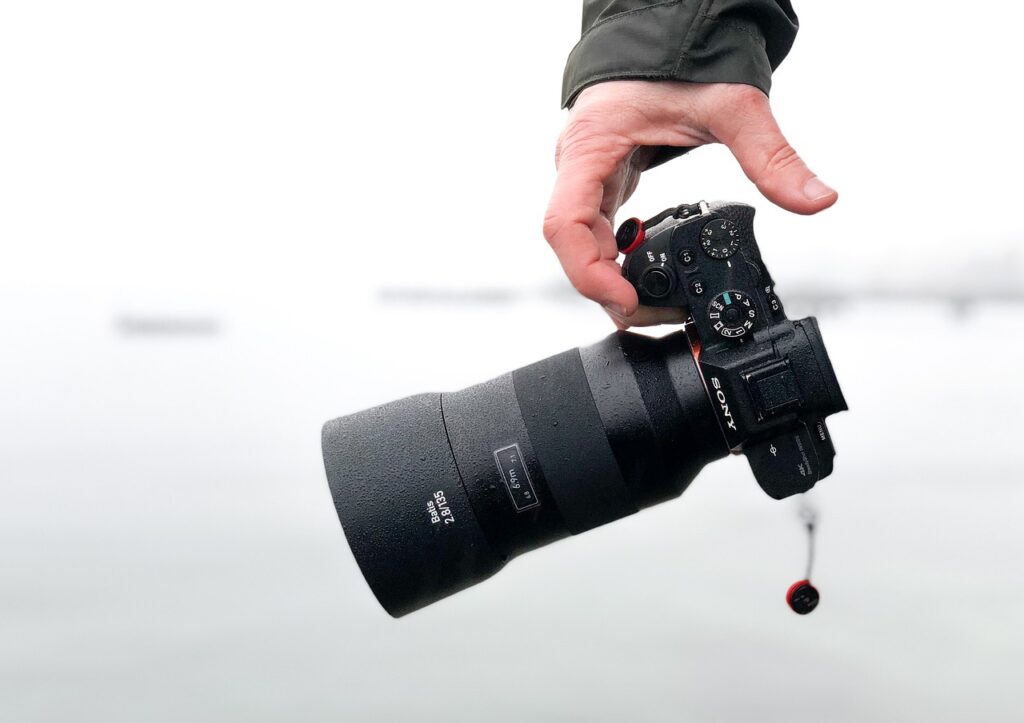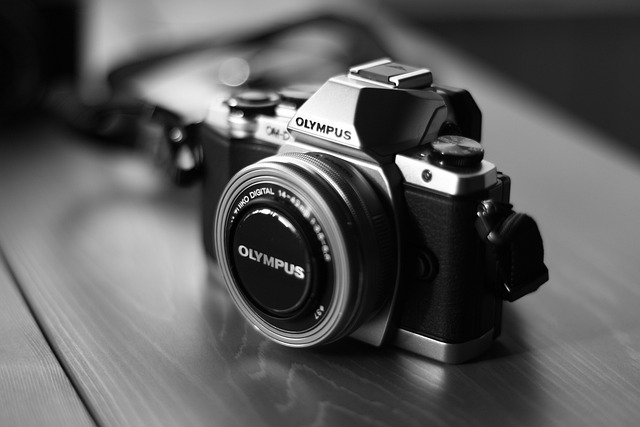Introduction:
In the realm of photography, the mirrorless camera has emerged as a disruptive force, reshaping the landscape of digital imaging. With their compact size, advanced technology, and versatility, mirrorless cameras have garnered immense popularity among amateurs and professionals alike. This article delves into the intricacies of mirrorless cameras, exploring their evolution, advantages, and future prospects.
Table of contents
Evolution of Mirrorless Cameras:
The concept of mirrorless cameras dates back to the early 2000s, but it wasn’t until the last decade that they gained significant traction. Traditional DSLR (Digital Single-Lens Reflex) cameras dominated the market with their optical viewfinders and mirror mechanisms. However, mirrorless cameras, as the name suggests, eliminate the need for a bulky mirror and optical viewfinder, resulting in a more compact and lightweight design.
The first mirrorless cameras faced skepticism due to concerns about electronic viewfinders’ quality and autofocus performance. However, advancements in sensor technology, image processing, and autofocus systems have addressed these concerns, propelling mirrorless cameras into the mainstream.

Advantages of Mirrorless Cameras:
Compact Size and Portability: Mirrorless cameras are significantly smaller and lighter than DSLRs, making them ideal for travel, street photography, and everyday use. Their compact form factor allows photographers to carry them comfortably for extended periods without fatigue.
Electronic Viewfinders (EVFs):
Unlike DSLRs that rely on optical viewfinders, mirrorless cameras feature electronic viewfinders or high-resolution LCD screens. EVFs provide a real-time preview of exposure, white balance, and depth of field, empowering photographers to make precise adjustments before capturing an image.
Silent Shooting:
Mirrorless cameras employ electronic shutters, enabling silent shooting modes. This feature is invaluable for capturing candid moments during weddings, ceremonies, and wildlife photography without disrupting the environment.
Autofocus Performance:
Mirrorless cameras utilize advanced autofocus systems, often based on contrast detection or hybrid phase-detection technology. These systems offer fast and accurate focusing, even in challenging lighting conditions, ensuring sharp and well-focused images.
Lens Compatibility:
Many mirrorless camera manufacturers offer lens adapters, allowing photographers to use a wide range of legacy lenses from DSLR systems. This versatility expands the creative possibilities and saves users from investing in entirely new lens ecosystems.
Continuous Innovation:
The competitive nature of the mirrorless camera market drives continuous innovation. Manufacturers constantly introduce new features, improvements in sensor technology, and software updates to enhance performance and user experience.

Future Prospects:
The future of mirrorless cameras looks promising, with several trends and developments shaping the industry:
Sensor Technology:
Advancements in sensor technology will continue to improve image quality, low-light performance, and dynamic range in mirrorless cameras. Expect to see higher resolution sensors with improved pixel-level quality.
Artificial Intelligence (AI):
AI-powered features such as subject recognition, scene detection, and automated post-processing will become more prevalent in mirrorless cameras. These features will simplify the shooting process and enable photographers to focus more on creativity.
Video Capabilities:
Mirrorless cameras are increasingly valued for their video capabilities, offering high-resolution recording, advanced stabilization, and professional-grade codecs. Future models are likely to prioritize video features to cater to the growing demand for content creation.
Connectivity and Integration:
Seamless connectivity with smartphones and other devices will be a key focus for mirrorless camera manufacturers. Enhanced wireless capabilities, cloud integration, and intuitive mobile apps will streamline workflow and facilitate instant sharing of images and videos.
Environmental Sustainability:
As awareness of environmental issues grows, manufacturers are expected to prioritize sustainability in their product design and manufacturing processes. This may involve using eco-friendly materials, reducing carbon footprint, and implementing recycling programs.
In conclusion, mirrorless cameras have revolutionized the world of photography
The Rise of Digital Point-and-Shoot Cameras
The transition from film to digital photography revolutionized the point-and-shoot camera market. Digital point-and-shoots offered instant gratification with LCD screens for reviewing photos, eliminating the need for costly film development. They became popular among casual photographers, tourists, and those seeking a lightweight alternative to bulky DSLRs.
The Decline and Rebirth
However, with the advent of smartphones equipped with increasingly sophisticated cameras, the demand for standalone point-and-shoots declined. Why carry an extra device when your smartphone could capture decent photos? This shift led many camera manufacturers to focus their efforts on high-end DSLRs and mirrorless cameras, leaving point-and-shoots somewhat neglected.
Yet, as technology evolved, so did the point-and-shoot camera. Manufacturers began to rethink their approach, incorporating advanced features such as larger sensors, faster autofocus systems, and wireless connectivity. These innovations breathed new life into the once-forgotten category, appealing to both enthusiasts looking for a secondary camera and beginners seeking simplicity without compromising quality.
The Appeal of Point-and-Shoot Cameras Today
What sets point-and-shoot cameras apart in today’s market? Several factors contribute to their enduring appeal:
Portability:
Point-and-shoot cameras are compact and lightweight, making them ideal for travel and everyday use. They easily slip into a pocket or bag, ready to capture moments on the go.
Ease of Use:
With simplified controls and automatic settings, point-and-shoot cameras are perfect for beginners or anyone who prefers a hassle-free shooting experience. Just point, shoot, and let the camera do the rest.
Quality: Despite their small size, modern point-and-shoot cameras boast impressive image quality thanks to advancements in sensor technology and lens design. Many models offer high-resolution sensors, optical zoom capabilities, and image stabilization for sharp, detailed photos.

Versatility:
While smartphones excel at capturing everyday snapshots, point-and-shoot cameras offer a level of versatility and creative control that smartphones often lack. With various shooting modes, manual settings, and creative effects, users can experiment and express their creativity in ways that go beyond basic smartphone photography.
Battery Life: Compared to smartphones, which drain battery quickly, point-and-shoot cameras typically have longer battery life, ensuring you won’t miss out on capturing important moments due to a dead battery.
Conclusion
In an age where technology continues to push the boundaries of what’s possible in photography, the enduring appeal of point-and-shoot cameras lies in their simplicity, portability, and reliability. While they may not boast the same level of technical prowess as their DSLR or mirrorless counterparts, they offer a compelling alternative for those who prioritize convenience and ease of use without sacrificing image quality.
